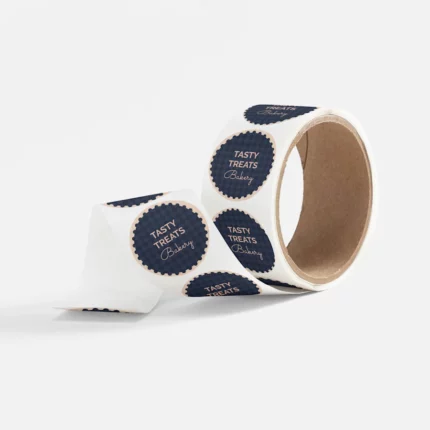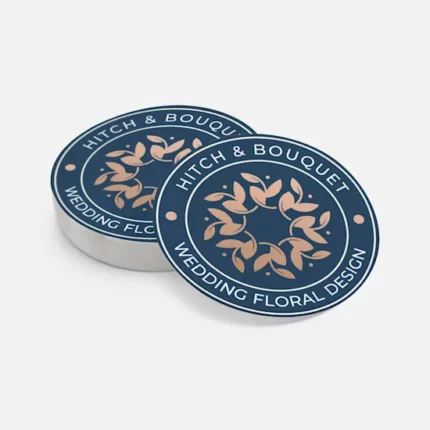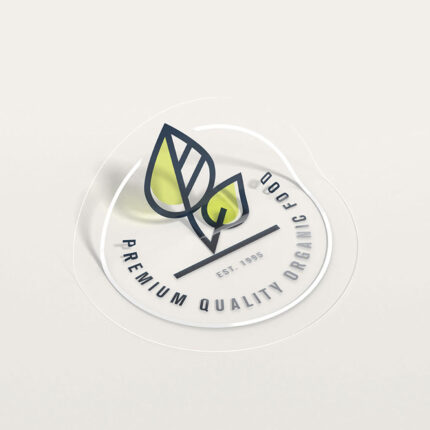A web press, also known as a roll-fed press, is a type of printing press that uses a continuous roll of paper, known as a web, as its printing substrate. The paper is fed through the press in a continuous manner, allowing for high-speed printing of large quantities of printed materials.
Web presses are commonly used for high-volume printing projects, such as newspapers, magazines, catalogs, and direct mail pieces. They are also used for printing labels, packaging, and other commercial applications.

Why is it called a Web Press?
A web press is called a web press because it prints on a continuous “web” of paper. This web of paper is fed from a large roll, which is typically several thousand feet long. As the paper unwinds from the roll, it forms a continuous web that passes through the press. This web of paper is held taught by a series of rollers, which move the paper through the press. The paper on a web press is cut into smaller parts after receiving the inked images.
Advantages of Web Presses:
- High-speed Printing: Web presses can print at very high speeds, often reaching thousands of feet per minute. This makes them ideal for high-volume printing projects where speed is essential.
- Cost-effective: Web presses are cost-effective for large print runs due to their high-speed capabilities and the use of continuous rolls of paper, which reduces waste.
- Flexibility: Web presses can handle a wide range of paper sizes, weights, and types, making them versatile for various printing applications.
- Inline Finishing: Many web presses are equipped with inline finishing options, such as folding, perforating, and die-cutting, which can further reduce production time and costs.
- Improved Registration: Web presses use a continuous web of paper, which allows for better registration (alignment) of the printed images, resulting in high-quality, consistent prints.
- Automated Processes: Web presses are often equipped with automated features, such as automatic ink and register control, which help reduce setup time and waste.
Web presses save money in several ways:
- Paper Cost: Web presses use rolls of paper, which are typically cheaper than cut sheets. The cost savings from using paper rolls can be significant, especially for high-volume print jobs.
- Material Waste: Web presses have less material waste because they use continuous rolls of paper. This reduces the amount of paper that needs to be trimmed or discarded during the printing process.
- Speed: Web presses are faster than sheet-fed presses, which means they can produce more printed materials in less time. This can result in lower labor costs and higher productivity.
- Inline Finishing: Web presses often have inline finishing options, such as folding, perforating, and die-cutting, which can reduce the need for additional finishing processes and labor.
- Lighter Weight: Web presses can print on lighter weight paper, which can reduce the overall weight and thickness of printed materials. This can lower shipping and storage costs.
- Reduced Storage Space: Because web presses produce large quantities of printed materials in a short amount of time, there is less need for storage space for printed materials.
Web press vs sheet-fed press
A web press and a sheet-fed press are two types of offset printing presses used in the printing industry. Here are some key differences between the two:
- Paper Feeding: In a web press, the paper is fed from a large roll, while in a sheet-fed press, individual sheets of paper are fed into the press one at a time.
- Speed: Web presses are generally faster than sheet-fed presses, as they can print continuously without the need to stop and load new sheets of paper.
- Paper Size: Web presses are typically used for larger paper sizes, while sheet-fed presses can handle a wider range of paper sizes, including smaller sizes.
- Cost: Web presses are generally more expensive than sheet-fed presses, both in terms of initial cost and operating costs.
- Quality: While both types of presses can produce high-quality prints, sheet-fed presses are generally considered to produce slightly higher quality prints, as the paper is less likely to stretch or distort during printing.
In summary, web presses are ideal for high-volume printing jobs that require larger paper sizes and faster printing speeds, while sheet-fed presses are better suited for smaller print runs and jobs that require higher quality prints.
If you have any questions about printing, feel free to reach out to us at 718-928-6888 or submit our quote request form. We’re here to assist you in any way we can.
Take care!
Jeff @ New York Printing Center







